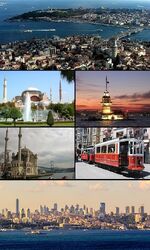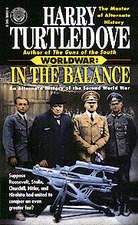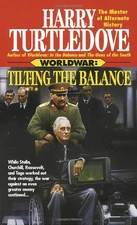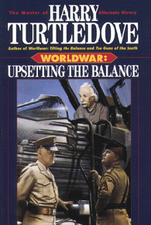
- For Istanbul before 1453, see Constantinople.
Istanbul is the largest city in Turkey and fifth largest city in the world.
In its long history, Istanbul (formerly Constantinople) has served as the capital city of the Roman Empire (330–395), the Byzantine Empire (395–1204 and 1261–1453), the Latin Empire (1204–1261), and the Ottoman Empire (1453–1922). After the collapse of the Ottoman Empire, Istanbul remained an important city, but the capital was moved to Ankara.
Istanbul in Worldwar
Istanbul was the largest city in Turkey. When the Race arrived in mid 1942, the city was not severely damaged and remained isolated from the ravages of the war until the Race conquered the country in 1944. Being close to the German border, it was the site of a lot of unrest within the country in the years afterwards. During the Race-German War of 1965, the city of Istanbul was used as a major supply base for the Race's effort in defending Poland. In spite of the strong anti-missile defence system the Race deployed in order to protect the city, a German nuclear missile managed to get through and destroy the city.
Istanbul in "The Emperor's Return"
Constantinople fell to the Ottoman Empire on May 29, 1453. The last Byzantine Emperor, Constantine XI Palaiologos, prayed for a miracle: that he would see the city back in Christian hands. In a blaze of fire, he sank into the floor of the Hagia Sophia. After capturing the city, the Ottomans renamed it Istanbul.
On June 7, 2003, Greece and the Soviet Union joined forces to invade Turkey, the successor state to the Ottoman Empire. Greece's price for the alliance was the return of Constantinople to Greek rule. The Soviet and Greek forces captured the city three days later.
| |||||||||||
| |||||||||||||||||||||||||







